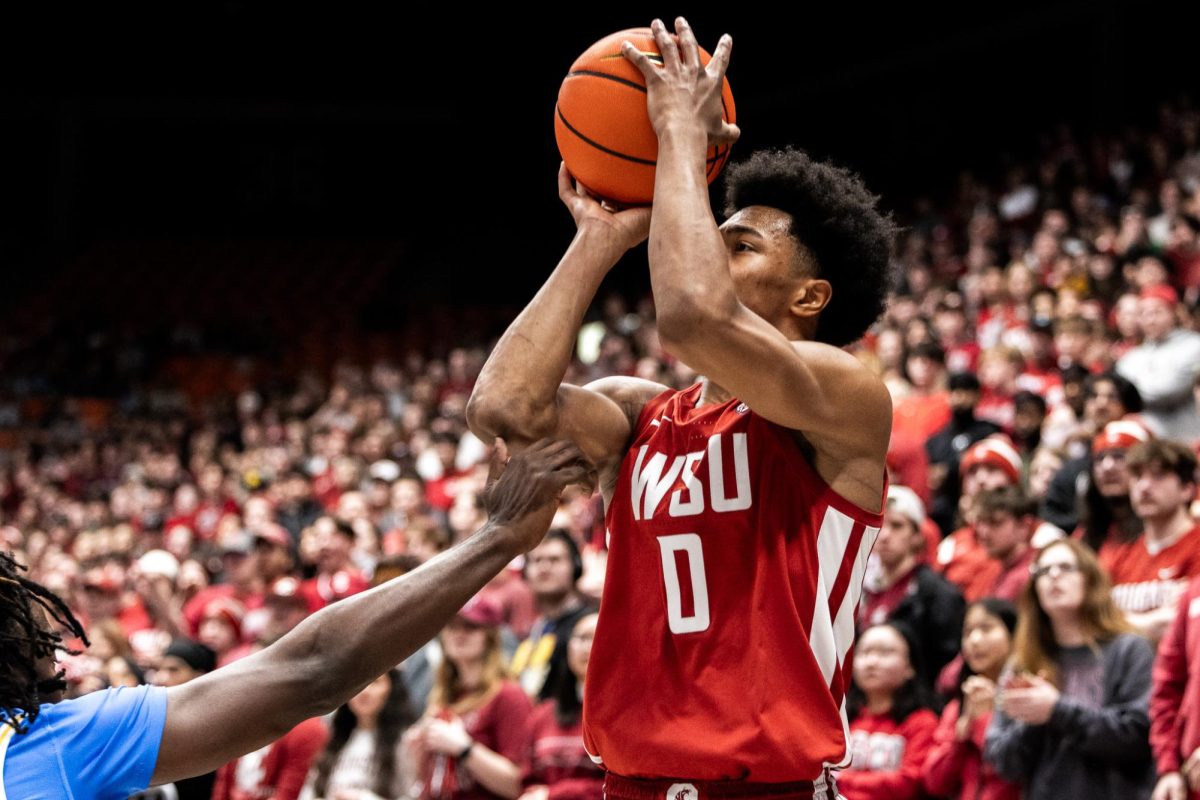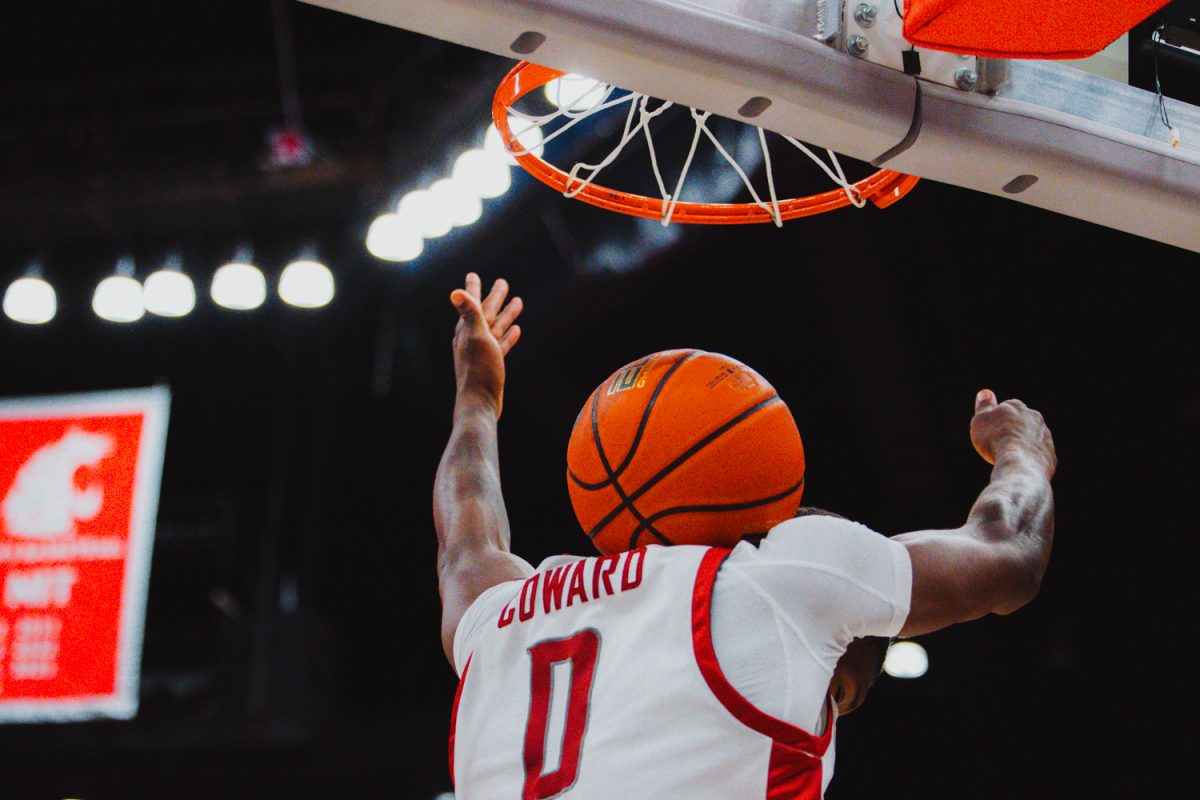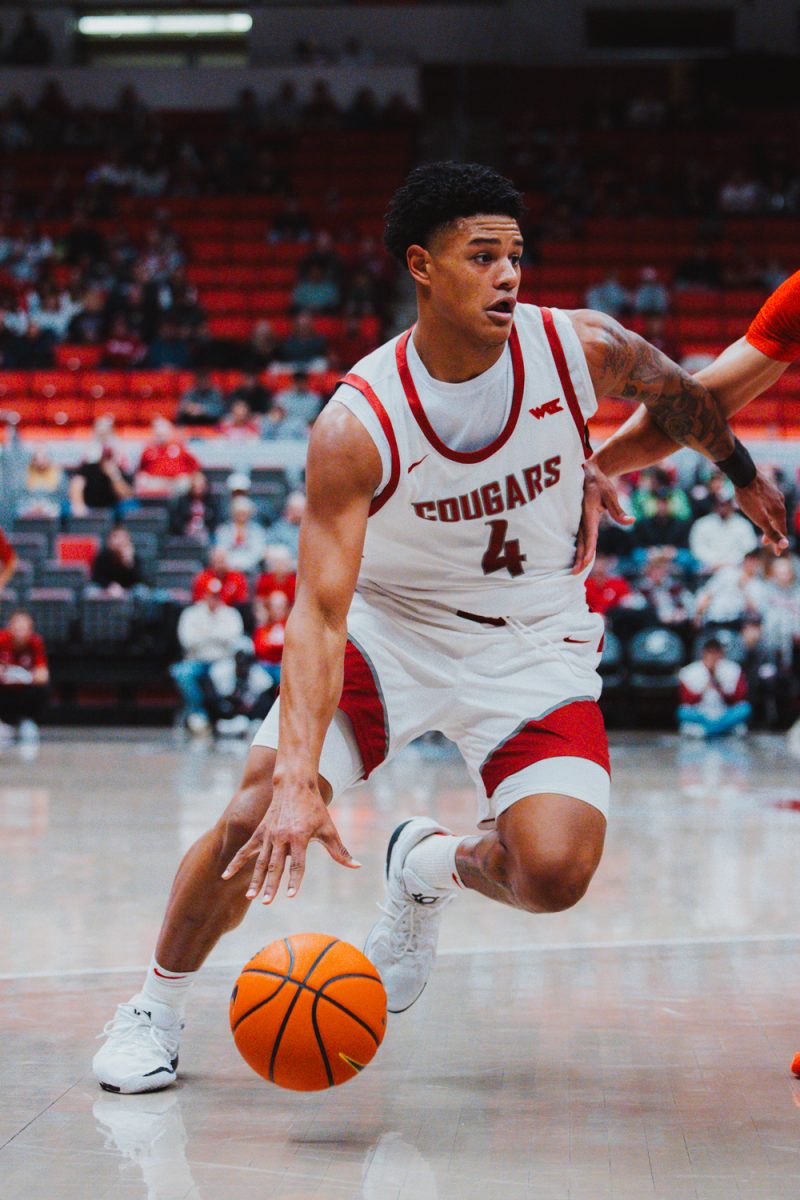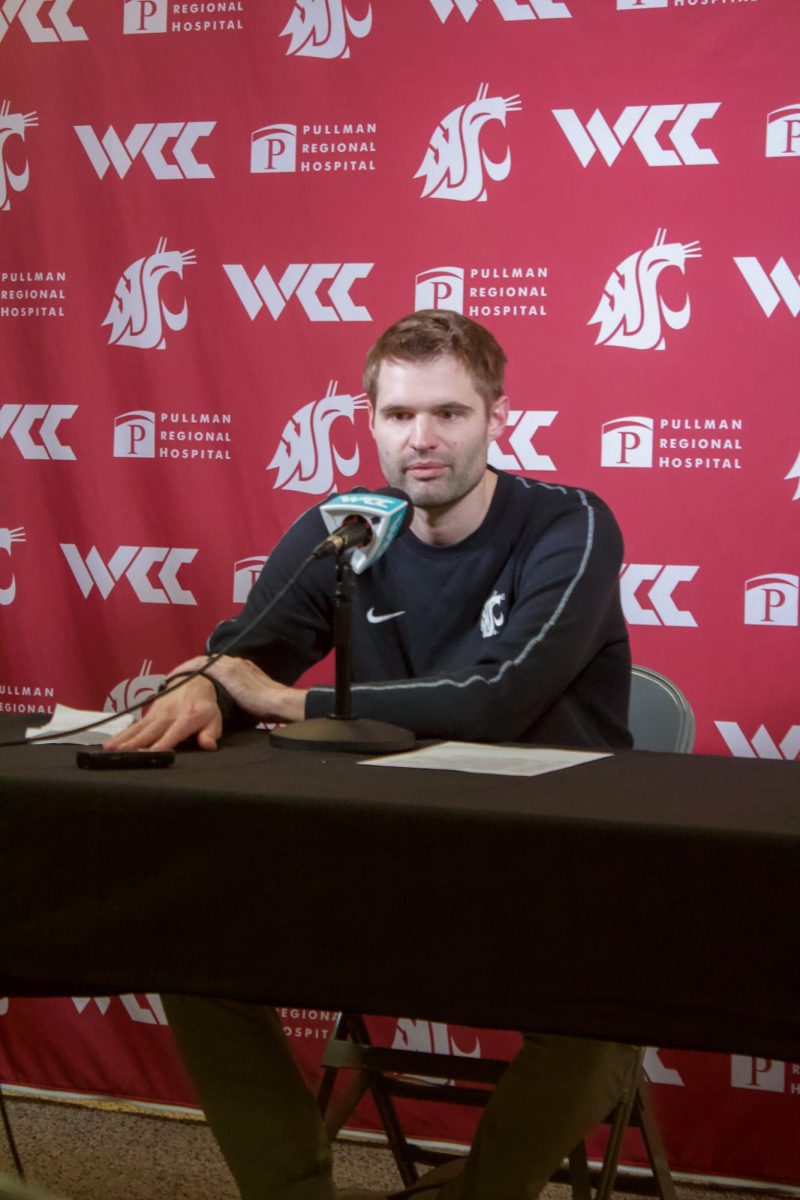Bracket:
South
1. Auburn vs. 16. Southern/S.E. Missouri State
8. Illinois vs. 9. New Mexico
5. Clemson vs. 12. McNeese
4. Michigan vs. 13. Lipscomb
6. Ole Miss vs. 11. Indiana
3. Texas Tech vs. 14. Chattanooga
7. Memphis vs. 10. Baylor
2. Alabama vs. 15. Vermont
West
1. Houston vs. 16. Norfolk State
8. BYU vs. 9. Gonzaga
5. Oregon vs 12. UC San Diego
4. Texas A&M vs 13. High Point
6. UCLA vs. 11. Boise State/Arkansas
3. Wisconsin vs. 14. Grand Canyon
7. St. Mary’s vs. 10. San Diego State
2. Iowa State vs. 15. Northern Colorado
Midwest
1. Tennessee vs. 16. Omaha
8. Creighton vs. 9. Utah State
5. Arizona vs. 12. Drake
4. Missouri vs. 13. Akron
6. Louisville vs. 11. Ohio State/Xavier
3. Purdue vs. 14. Arkansas State
7. Miss. State vs. 10. West Virginia
2. Michigan State vs 15. Robert Morris
East
1. Duke vs 16. Marist/American
8. Vanderbilt vs 9. UConn
5. Marquette vs 12. Liberty
4. Kentucky vs 13. Yale
6. Maryland vs 11. VCU
3. St. John’s vs 14. UNC Wilmington
7. Kansas vs 10. Georgia
2. Florida vs 15. CCSU
Last Four In:
Arkansas, Boise State, Ohio State, Xavier
First Four out:
Nebraska, Oklahoma, North Carolina, Texas
Next Four Out:
Cincinnati, SMU, Wake Forest, Colorado State
Bubble Watch:
Boise State is the most interesting bubble team. There have been times this year where their offense has looked stagnant and been too inconsistent for a team that was the Mountain West preseason favorites. Since freshman Pearson Carmichael entered the New Mexico game and scored 21 on the Lobos, their offense has been clicking. The Broncos have one of the best bubble resumes with three Quad 1 wins against St. Mary’s, Clemson and Utah State, and a NET ranking of No. 42, second best in the conference.
Every bubble team has a weakness that is big enough to leave them out, but Boise has made one of the strongest cases and are playing their best down the stretch.
Other bubble teams to watch out for are Xavier and Ohio State.
The Musketeers have five straight wins, including a win against Creighton. They have a road game against Butler and a home contest against Providence left, both winnable games before the Big East tournament in the mecca of basketball: Madison Square Garden.
The Buckeyes have two bubble games left, at home against Nebraska and an away bout at Indiana.
What makes both teams interesting is that both are within an hour of Dayton, the host of the play-in. The play-in would get a lot more interesting if two nearby teams are playing, potentially against each other.
Looking at blind resumes:
When it comes to the final at-large spots, people often point to blind resumes. Here are a few similar resumes and reasoning behind why I have them where I do.
Team A:
Net: 43
Quad 1: 1-10
Quad 2: 5-0
Quad 3: 7-1
Quad 4: 6-0
Team B:
Net: 49
Quad 1: 1-9
Quad 2: 6-1
Quad 3: 5-0
Quad 4: 7-0
One of these teams are in and the other is out. Team A is North Carolina and Team B is Xavier. Xavier is a few spots ahead due to quality wins. The Musketeers have wins against Marquette, UConn and Creighton. The Tar Heels only have UCLA and their second best win is SMU or Dayton.
Team A:
Net: 53
Quad 1: 5-10
Quad 2: 3-1
Quad 3: 2-1
Quad 4: 7-0
Team B:
Net: 56
Quad 1: 5-9
Quad 2: 4-1
Quad 3: 2-2
Quad 4: 6-0
Both teams are on the first four out line. Team B having a Quad 3 record of .500 or below as well as a low ranking in the metrics is not good enough to make the tournament. They also have been slumping as of recently. Team A is one of the worst teams in the SEC, according to conference record and their advanced metrics. Team A is Oklahoma and Team B is Nebraska.
The teams on the bubble will have to watch out for bid thieves looking to take their spot.
Tournament expansion:
Lastly, the tournament should not expand past 68 teams. With conference expansion, the bubble has gotten weaker than before. Also, with the way the committee selects the teams, it will be given to basement dwellers of the power conferences. Expanding to 76 would give the SEC 14 teams and the Big Ten would get 11.
Expansion is not to help mid-majors, it is to put more money in the pockets of the power conferences. Also, making the play-ins all at-large teams takes money away from the conferences that win the 16-seed play-ins. Because the last four automatic qualifier teams are in small conferences, they get more money for winning a tournament game, even if it is the play in.


![Golden Knights center Brett Howden (21) is shut out from the puck by Seattle Kraken defenseman Vince Dunn (29) and Seattle Kraken defenseman Adam Larsson (6) during an NHL hockey game between the Golden Knights and Seattle Kraken at T-Mobile Arena Thursday, April 10, 2025, in Las Vegas. (Madeline Carter/Las Vegas Review-Journal) [Courtesy of Tribune Content Agency]](https://dailyevergreen.com/wp-content/uploads/2025/04/20250411-AMX-SPORTS-3-TAKEAWAYS-AS-ILLNESS-SPREADS-19-LV.jpg)





